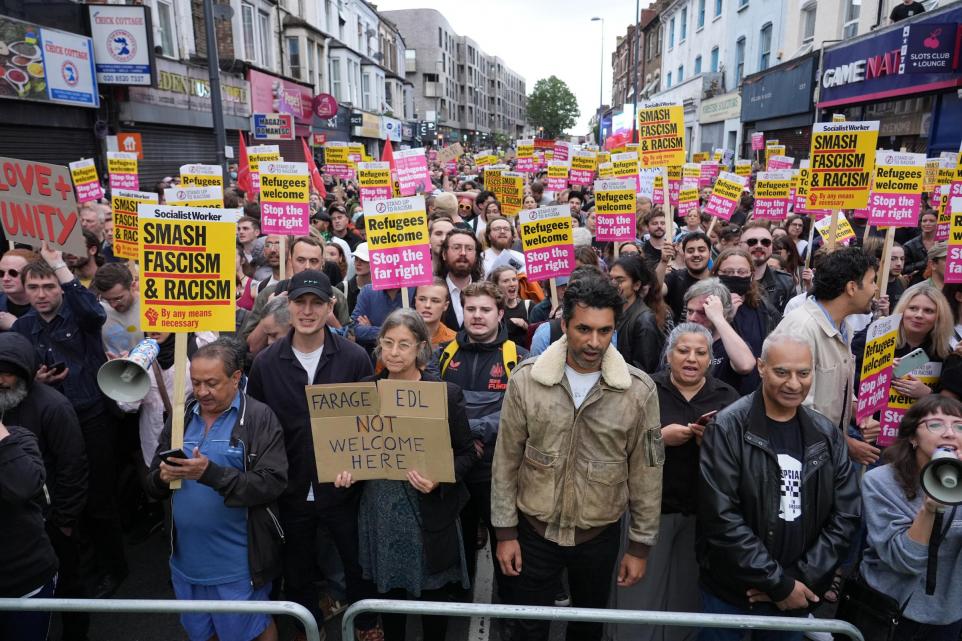Journey through Surrey's finest pubs, from historic inns to award-winning gastropubs, and uncover where your next memorable pint awaits.
In recent times, the capital has seen a surge in planned far-right activities aimed at stirring unrest and disorder. However, over the past weeks, these efforts seem to have largely fallen flat. As Londoners go about their daily activities, one significant question lingers in the air: can they expect to see any further unrest in the foreseeable future?
A Look Back: Failed Efforts of Far-Right Groups
Planned far-right disorder across London has so far largely failed to materialize in the manner organizers had anticipated. Many of these protests were designed to incite chaos and provoke responses that could be used to further far-right agendas. However, a combination of effective policing, community resilience, and general public apathy towards such extremist ideologies seems to have muted these attempts.
Reports indicate that the Metropolitan Police Service has been proactive in addressing potential threats before they escalate. With increased surveillance and intelligence-gathering operations, law enforcement has successfully preempted many demonstrations from gaining traction. Thus, the streets of London have remained relatively calm, despite the predicted turmoil.
Community Response and Awareness

Source: https://www.surreycomet.co.uk/news/24505134.far-right-riots-planned-london-today/
One of the key factors in preventing the escalation of far-right protests has been the strong community response. Local leaders and residents have come together to show a united front against hate and extremism. Initiatives to promote understanding and dialogue among different communities have also played a crucial role.
Grassroots organisations have been at the forefront, disseminating information and encouraging peaceful coexistence. Social media campaigns have helped to counteract the propaganda spread by far-right groups, providing alternative narratives that emphasise unity and mutual respect.
The Role of Social Media
It is impossible to discuss modern-day protests without acknowledging the role of social media. Far-right groups have leveraged platforms like Twitter, Facebook, and Telegram to organise and rally support. Nevertheless, these same platforms have also become battlegrounds for combating extremism.
Social media giants have faced increasing pressure to monitor and regulate content that promotes violence and hate speech. By suspending accounts and removing inflammatory posts, these companies have contributed to curbing the reach and influence of far-right extremists.
Looking Ahead: What to Expect
Despite the current lull, it would be naive to assume that the threat of far-right activity has been entirely eliminated. While no more far-right protests are planned in the immediate future, the underlying issues that give rise to such movements remain. Economic uncertainty, political polarisation, and social inequalities continue to be fertile ground for extremist ideologies.
Experts suggest that vigilance will be key in maintaining peace across the capital. Continued cooperation between law enforcement, community organisations, and the general public is essential to identify and address emerging threats. It is important for Londoners to remain informed and engaged, ensuring that the city does not fall prey to those who seek to divide.
In conclusion, while the immediate horizon appears clear of far-right protests, the importance of sustained vigilance cannot be overstated. London must continue to stand united, fostering an environment where hate and extremism find no sanctuary.